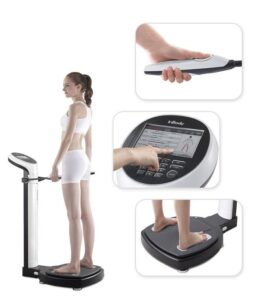Working out and either getting or staying in shape is a lifelong endeavor that is littered with the chance of injury. During this long and winding journey we are bound to come across dozens if not hundreds of pieces of equipment designed to helps us reach our goals. Some are great, some are good and many are so outrageous that they never make it past the ‘What is this supposed to do?’ stage.
At the same time, our bodies are continuing to physically degenerate over time and we are all predisposed to degenerate more in some places than in others. The addition of regular exercise can slow down the degeneration process but it can also lead to various injuries. Although injuries can definitely happen in an instant, they are often a result of repeated traumas to a specific area over time with no preventative measures taken when initial signs of injury are shown.
When we get injured we often look at the very last thing that we were doing as the main culprit for what now ails us. The presumed offender can take the form of a piece of equipment or a specific exercise that we feel was to blame for our current condition. Unfortunately it is often difficult although not impossible to narrow down an injury to one piece of equipment simply due to the fact that one piece of equipment can be used for so many exercises. It would be similar to trying to blame your pan for burning your eggs knowing that you use that pan to cook so much more than eggs and that food turns out just fine.
We as fitness professionals understand that some exercises just do not work for certain people for many reasons. As the saying goes…”It’s usually the archer and NOT the arrows.” The best solution is to simply omit the exercise to avoid anyone getting injured while trying to perform it. At the same time, having and maintaining correct form is the best way to work hard during your session while staying as injury free as possible.
The best way to do this…SLOW DOWN while training and be more purposeful with your movements. Often times we see clients just trying to get the repetitions done and move on to the next set as fast as possible. Yes, some workouts are designed to be completed faster than others but your movements should still be controlled from beginning to end to ensure safety. We would much rather you use lower weights which you can better control than use weights that alter your form for the worse. As I always say…”Once you get injured, we cannot unhurt you!”



